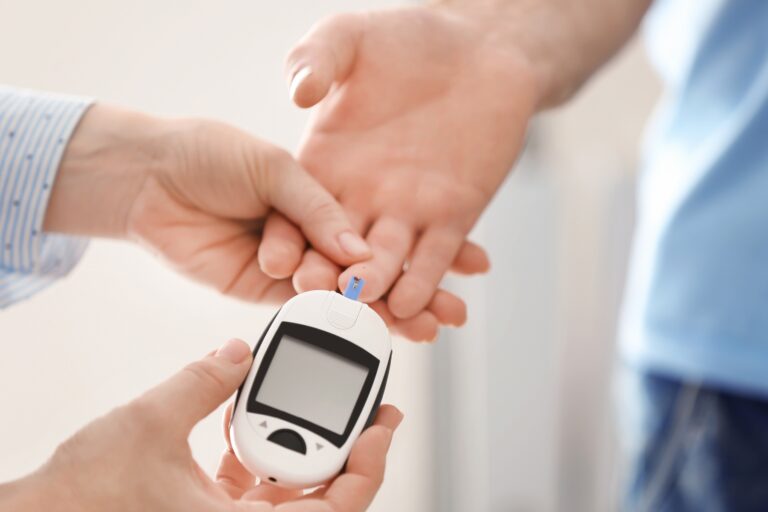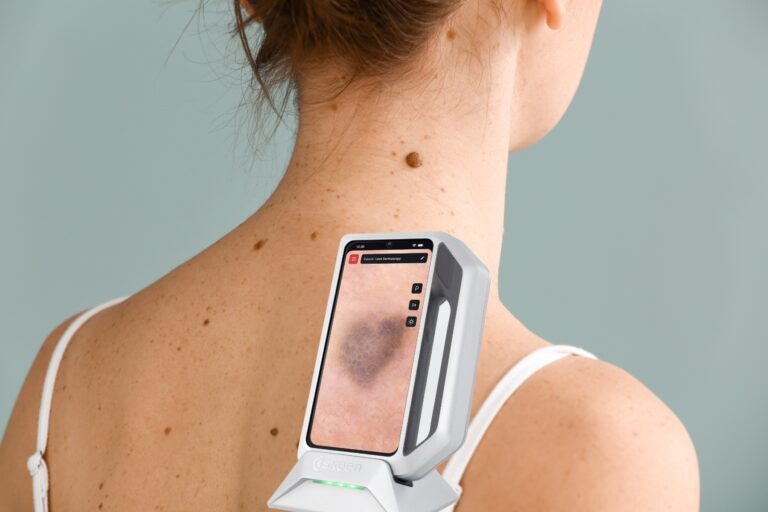What we do
FirstMed’s ophthalmology practice specifically addresses diseases or conditions affecting distinct parts of the eye, such as the cornea, ocular surface, external disease, glaucoma, and the non-surgical treatment of retinal problems.
Recommended intervals for eye exams
Without additional risk factors, preventive eye exams should be given by a pediatrician, general practitioner, family doctor, or ophthalmologist at the following intervals:
Children under the age of 18:
- Newborn to three months
- Six months to one year
- Three years old
- Five years old
- Later as needed
Eye screening, which includes tests for visual acuity, eye alignment, and overall eye health, is an essential component of our well-child checks. These screenings help us detect any potential vision problems early on, allowing for timely intervention and treatment if necessary.
Adults 20 to 64 years of age:
Adults with no signs or risk factors for eye disease should have a complete eye disease screening by age 40, when early signs of disease and changes in vision may occur.
Don’t miss out on our comprehensive health maintenance exam, which includes a thorough vision assessment to ensure your overall well-being.
Based on the initial screening results, your doctor will determine whether you need further examination or should return for follow-up exams.
Adults 65 years or older
Every one to two years, or as recommended by your doctor.
When should you seek an ophthalmologist?
The American Academy of Ophthalmology recommends that you should have your eyes examined by an ophthalmologist if you have any of these signs or risk factors for eye disease.
- Decreased vision, even if temporary
- Distorted vision
- New floaters (black “strings” or specks in the vision) and flashes of light
- A curtain or veil blocking vision
- Halos (colored circles around lights)
- An eye injury or eye pain
- Red eye
- Bulging of one or both eyes
- Misaligned eyes
- Double vision
- Loss of peripheral (side) vision
- High blood pressure
- Diabetes
- HIV
- Thyroid disease-related eye problems, e.g. Graves’ disease
- A family history of eye disease
- Excess tearing
- Eyelid abnormalities
Because of an increased risk for glaucoma, people of African descent should see an ophthalmologist even if they have no other signs of or risk factors for eye disease.
Our ophthalmologists perform a thorough eye and vision examination, provide a precise diagnosis, and recommend a course of treatment. Following the examination, our ophthalmologist will advise you on the recommended frequency for follow-up exams.
What can you expect during your ophthalmology consultation at FirstMed?
- Discussion about the medical history of eye
- Measuring existing prescription
- Computerized eye examination
- Vision test (Far, near, screen distance, with and without correction)
- Color vision test
- Glaucoma Screening
- Slit lamp test = anterior part of the eye and fundus test (cataract and retinopathy screening)
Dry eye syndrome and its treatment
Dry eye occurs when the eyes do not produce enough tears to stay moist, or when the tears do not function properly. This could be due to:
- Rapid evaporation of tears;
- Ineffective functioning of tears in keeping the eyes moist;
- Inadequate production of tears by the glands.
This can result in discomfort and, in some cases, vision issues.
Our ophthalmologists can diagnose dry eyes through a simple and painless eye examination. The doctor will use eye drops to dilate (widen) your pupil and then examine your eyes for dry eye and other eye issues.
Possible treatment for dry eyes:
Punctal plugs increase moisture to dry eyes naturally and could provide relief of unpleasant symptoms when eye drops are no longer sufficient. By preventing tears from draining away, more moisture remains on the cornea.
Following an examination by your ophthalmologist, the plugs can be placed painlessly in less than a minute. Relief of your symptoms can be expected within a day or two. If the plugs do not prove to be comfortable, they can be easily removed by being flushed from the tear ducts.






